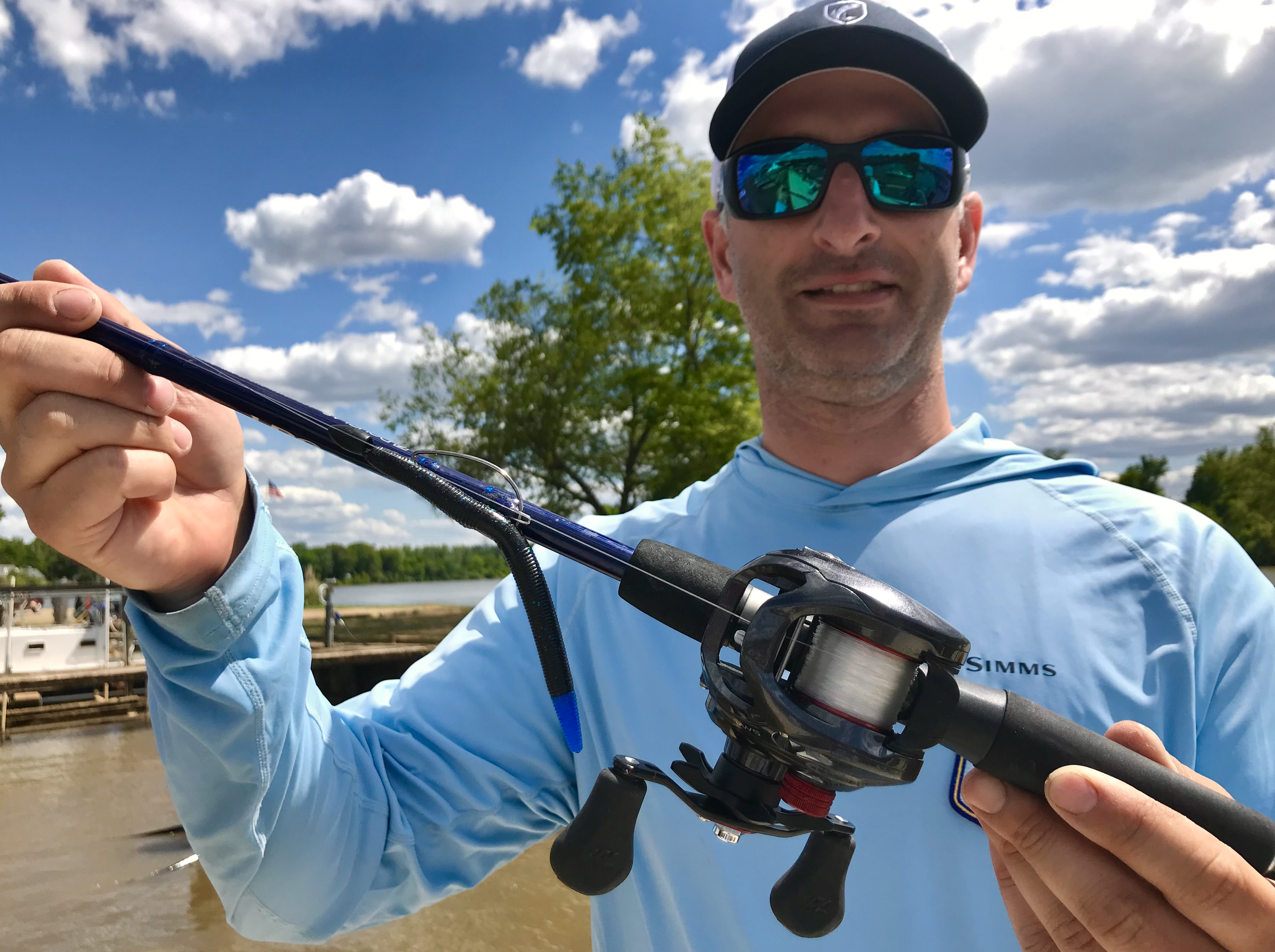
Casey Smith had a plan, but the James River tides didn’t get the memo. His first Day-1 spot — a spatterdock field in Chickahominy Creek (aka “Chick”) — was drained when he arrived shortly after takeoff. Switching to his cypress habitat, he fared no better, as the low morning tide had also dropped the water and scooted the fish into deeper holding areas.
With an earlier Day-1 check-in, Smith had minimal time to exploit the higher water in his downriver target zone. Refining his time-management plan for Day-2, Smith will be using the first part of his day more productively before leveraging the Chick’s later opportunities.
“Today, I’ll wait for the tide to get right in my main area,” Smith said. “I’ll spend time in the James River waiting for the water to get right in my main area.
“I’ll have a longer day and it should get right around midday. I should get three to four hours of the proper tide up there.”
Tidal fisheries are notorious for “bite windows” — brief periods of intense feeding when a particular tide stage stimulates the fish. Could be the way current breaks around a large cypress tree, or the rush of cleaner water falling out of shallow vegetation.
Whatever the formula, timing is key.
“That’s even more so on this fishery than any other (tidal river) I’ve fished, because the tidal swing is so big,” Smith said. “With (approximately 3 feet of tidal fluctuation), the good stuff will literally be out of the water at low tide, or it will be flooded and too deep.
“It’s not so much about moving water, it’s about the correct water level.”
Smith and others who dial in the ideal water level on the right spots will be rewarded with big opportunities.

